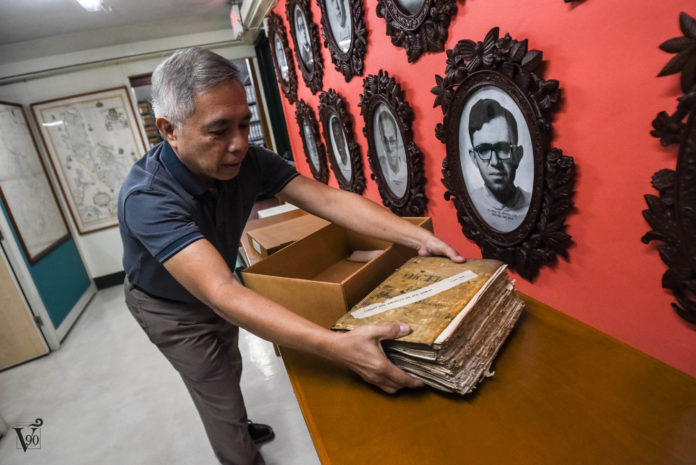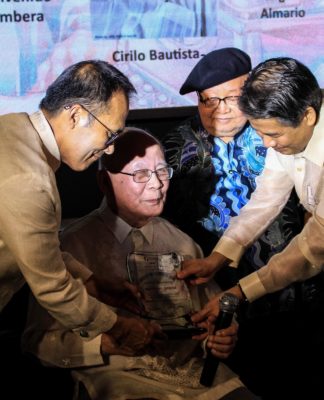The oldest and largest extant Spanish-Chinese dictionary has been discovered in the UST Archives by researchers from Taiwan and Spain.
The Vocabulario de la Lengua Chio Chiu (A Lexicon of the Changzhou Language), a 17th-century dictionary, was discovered by Fabio Yu-Chung Lee, a professor from National Tsing-Hua University (NTHU) in Taiwan and José Luis Caño Ortigosa, a professor from Universidad de Sevilla in Spain, during their research at the UST Archives.
Regalado Trota Jose, the University archivist, said the discovery of the Spanish-Chinese dictionary was evidence of the heavy involvement of the University with the Chinese community in the 17th century.
“It shows how involved UST was with the Chinese community [in Manila]… This is a very important material for the study of Philippine-Chinese relations,” Jose said told the Varsitarian.
The dictionary is about 400 years old and consists of 21,000 characters. It is linked to the Spanish occupation of Taiwan from 1626 to 1642.
It also contains Spanish, Fujianese, Hoklo and Mandarin entries.
The dictionary predates the Kangxi Dictionary which dates back to 1711 in Barcelona, and is larger than the Hoklo grammar book Arte de la Lengua Chio Chiu that features 2,000 terms.
“Philippine history can be redefined through documents such as this… We don’t know we are sitting on a mountain of treasures here that other people outside of the University are recognizing,” Jose said.
UST and the NTHU signed a memorandum of agreement on Dec. 14, 2017 to publish a facsimile of the dictionary to be distributed internationally. The published facsimile is expected to come off the press this year.

















